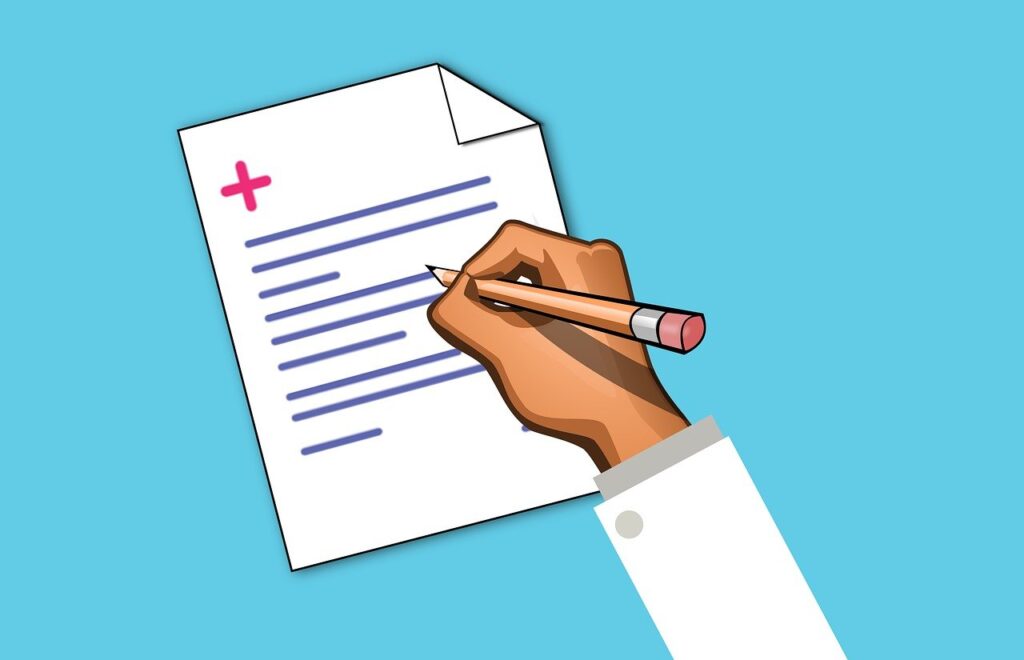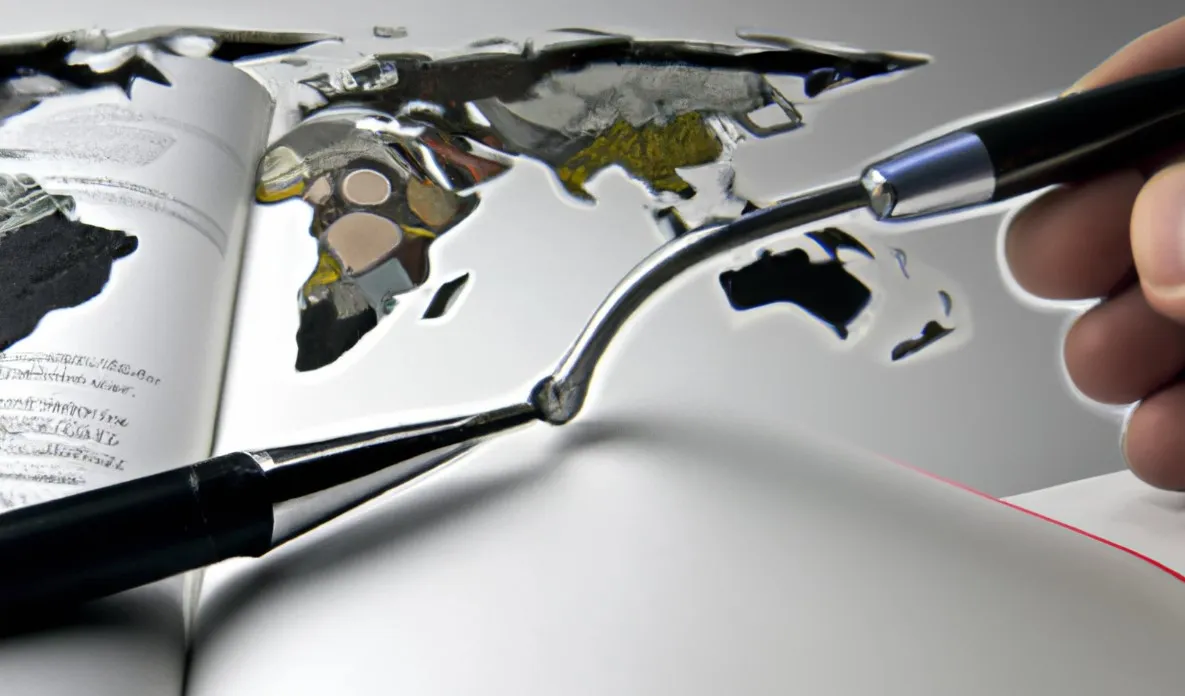Medical translations are a crucial aspect of healthcare, helping patients and healthcare professionals overcome language barriers and ensuring that medical information is accurately conveyed across different languages. In this article, we will explore the importance of medical translations, the challenges that arise when translating medical documents, and the best practices for medical translation.

The Importance of Medical Translations Services
Translation of medical documents, such as medical records, medical histories and consent forms, which contain critical information, must be done accurately to ensure that patients can make informed decisions about their health.
Medical translations play a critical role in ensuring that patients receive accurate and appropriate medical care, regardless of their language or cultural background. Medical documents, such as patient records, medical histories, and consent forms, contain critical information that must be accurately translated to ensure that patients can make informed decisions about their health.
Additionally, medical translations are essential for clinical trials and research studies, where accurate translation is necessary to ensure that data is collected and analyzed correctly. Inaccurate translations can lead to misunderstandings, misinterpretations, and even medical errors, which can have serious consequences for patient safety and health outcomes.
Challenges in Medical Translations
Medical translations present unique challenges that are not found in other types of translation. Medical documents often contain complex medical terminology, technical jargon, and specialized language that requires a deep understanding of the subject matter. Additionally, medical translators must be familiar with the cultural norms and practices of the target audience, as healthcare practices and beliefs can vary widely across different cultures and regions.
Another challenge in medical translations is the need for accuracy and precision. Medical documents often contain critical information that must be translated accurately to ensure that patients receive appropriate medical care. Even small errors or mistranslations can have serious consequences for patient safety, leading to misdiagnosis, incorrect treatment, or other medical errors.
5 Good Practices to follow when translating Medical Documents

To ensure accurate and effective medical translations, it is essential to follow best practices that are tailored to the unique challenges of medical translation. Here are some best practices for medical translations:
1. Use Professional Medical Translators only
Medical translations should be performed by professional medical translators who have the necessary skills and experience to accurately translate complex medical documents. Medical translators should have a deep understanding of medical terminology, as well as cultural norms and practices related to healthcare. Additionally, they should be familiar with the relevant regulatory requirements for medical translations.
At TranslateDay we provide professional medical translation services to aid you with any Medical Translation needs
2. Medical Translation Memories and Glossaries
Provide your translation service provider with your own translation memory and glossaries to help translators ensure consistency and accuracy in your customized medical translations. Translation memory is a database that stores translated segments of text, which can be reused in future translations. This can help ensure consistency in terminology and reduce the time and cost of translations. Glossaries are lists of specialized terminology and their translations that can be used to ensure accuracy and consistency in medical translations.
Here at TranslateDay we use customized translation glossaries and memories based on other translations we have done before. However, you are free to provide us with your own translation memory or glossary or indicate us every aspect of your translation so that we can perform a better job.
3. Understand the Regulatory Requirements
Medical translations may be subject to regulatory requirements, depending on the jurisdiction and the type of document being translated. For example, clinical trial documents must comply with the guidelines of the International Council for Harmonisation of Technical Requirements for Pharmaceuticals for Human Use (ICH). It is essential to understand the regulatory requirements for medical translations and ensure that translations comply with these requirements.
Feel free to Contact us if you need aid on this matter, our medical translation regulation experts are here to help you
4. Make sure Quality Assurance Checks are performed
When hiring any company to translate your Quality assurance checks, such as proofreading and editing, are essential to ensure the accuracy and quality of medical translations. Proofreading involves reviewing the translation for errors and typos, while editing involves reviewing the translation for clarity, style, and consistency. Quality assurance checks can help identify errors or inconsistencies in the translation, ensuring that the final product is accurate and effective.
5. Ensure Confidentiality and Data Security
Medical documents contain sensitive and confidential information, which must be protected during the translation process. It is essential to ensure that translators and translation agencies have appropriate security measures in place to protect the confidentiality and integrity of medical documents. This may include using secure communication channels, encrypting files, and signing non-disclosure agreements.

Medical Translations ensure that patients receive appropriate care
Medical translations are critical in ensuring that patients receive the right care, regardless of their language or cultural background. Accurate translations of medical documents promote informed decisions, better health outcomes, and promote compliance with regulatory standards. Translating medical documents comes with challenges, but by following the best practices, healthcare providers can overcome these challenges, ensuring that the translations are accurate, effective, and promote patient safety.

